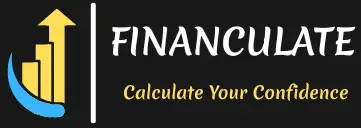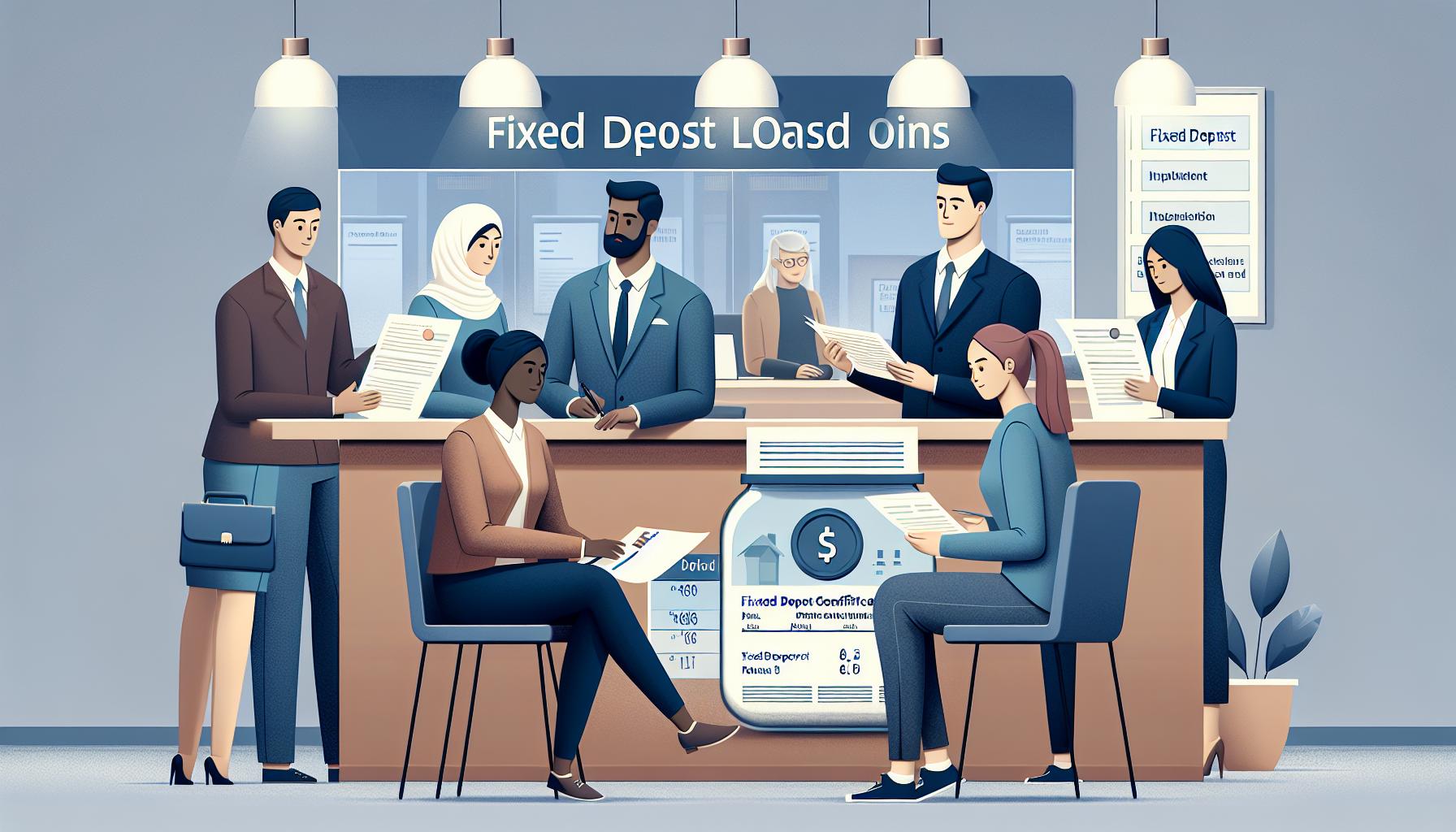A fixed deposit loan offers hassle-free, low-cost money without wrecking your investment—but it’s not for every situation. Fixed deposit loans can be a strategic choice for those in need of a financial cushion without spending existing funds. They allow you to leverage your fixed deposit (FD) to meet immediate financial needs while keeping your investment untouched. Yet, a fixed deposit loan isn’t for everyone. Here’s what you need to know about borrowing against your fixed deposit and figuring out if it’s the right step for you.
What is a Fixed Deposit Loan?
This type of loan is secured with your fixed deposit as collateral. It offers quick, low-cost borrowing for personal or business expenses, without the need to liquidate your investments. Interest rates are often more attractive compared to personal loans or credit cards, because the secured nature of the loan makes it less risky for lenders.
Benefits of a Fixed Deposit Loan
1. Low-Interest Rates
A huge advantage of this loan is the lower interest rates. Since your FD secures it, lenders can offer significantly lower rates than unsecured loans. This makes borrowing against your fixed deposit a budget-friendly choice compared to other credit types like credit card advances or personal loans.
2. Quick and Hassle-Free Processing
Such loans are processed swiftly. The collateral minimizes lender risk, making approval and funds disbursement straightforward. You can access funds quickly when financial urgency strikes.
3. Preservation of FD Investment
By borrowing against your fixed deposit, you’re able to address financial needs without selling your investment early. Thus, you continue to earn interest on your deposit while using the borrowed funds.
4. Flexible Repayment Options
Many lenders allow you to customize the repayment schedule to suit your financial situation. This flexibility aids in maintaining financial stability while repaying the loan.
Potential Risks and Considerations
1. Early Withdrawal Penalties
Though your fixed deposit stays intact, defaulting on the loan or missing repayments could lead to penalties or the lender seizing your FD to recover the amount borrowed.
2. Limited Loan Amount
Loan amounts usually depend on a percentage of the deposited amount (around 70-90%). Thus, your borrowing capacity is dictated by the size of your fixed deposit, potentially restricting accessible funds.
3. Long-Term Financial Implications
While providing immediate relief, it’s crucial to consider the financial impact long-term. Assess your repayment ability and avoid the loan without a clear plan to prevent financial strain.
Is a Fixed Deposit Loan Right for You?
A fixed deposit loan suits those needing quick cash access and possessing sizable fixed deposits. It’s not universally ideal. Consider these situations where it might be beneficial:
- Short-Term Cash Needs: Perfect for immediate liquidity needs or emergencies, provided you’re confident in repaying quickly.
- Lower-Cost Financing: If comparing costly credit card debt or high-interest personal loans, a fixed deposit loan surfacing as a more affordable choice.
- Retention of Investment: Important for maintaining your savings plan or investment strategy without prematurely tapping into your fixed deposit.
How to Apply for a Fixed Deposit Loan
- Check Eligibility: Ensure your deposit fits the lender’s requirements for such loans.
- Consult Your Bank: Reach out to your bank or financial institution for specific borrowing terms against FDs. Each has its own policies, interest rates, and processing times.
- Documentation: Gather needed documents, usually involving identity proof, FD receipt, and other lender-specified details.
- Understand Terms and Conditions: Review terms, conditions, and potential penalties thoroughly to avoid surprises.
Ultimately, while fixed deposit loans offer reliable, cost-effective borrowing, evaluating your financial needs and repayment capacity is vital. By aligning this option with your financial goals, you make informed decisions that protect both your immediate needs and long-term financial health.
For more information, please visit the source.

